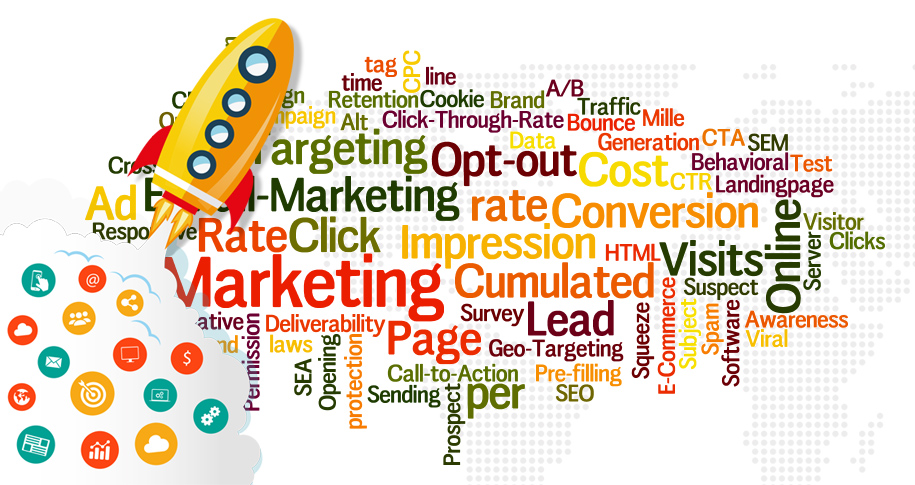What Is Lead GenerationWhat Is Lead Generation?
Lead generat... More?
Lead generationWhat Is Lead Generation?
Lead generat... More is the process of attracting and converting potential customers (leads) into individuals who have shown interest in your product or service. Through various marketing strategies, businesses capture lead information, which can later be nurtured into paying customers.
Why Is Lead GenerationWhat Is Lead Generation?
Lead generat... More Important?
- Fuels Sales Pipeline
- Lead generationWhat Is Lead Generation?
Lead generat... More is crucial for filling the sales funnel with potential customers. The more leads you generate, the more opportunities you have for conversion, ultimately driving revenue growth. - Example: Generating qualified leads can significantly boost a business’s sales opportunities, creating a continuous stream of potential customers.
- Lead generationWhat Is Lead Generation?
- Cost-Effective
- Compared to outbound marketingWhat Is Outbound Marketing?
Outbound ... More methods, inbound lead generationWhat Is Lead Generation?
Lead generat... More strategies (such as content marketingDefinition
Content marketing is a str... More and social mediaDefinition
Brand awareness is the ext... More) can be more affordable and scalable.
- Compared to outbound marketingWhat Is Outbound Marketing?
- Targeted Audience
- Lead generationWhat Is Lead Generation?
Lead generat... More allows businesses to attract individuals who are genuinely interested in their offerings, ensuring higher-quality leads. - Example: Using SEO to target individuals actively searching for solutions your business provides.
- Lead generationWhat Is Lead Generation?
- Increased Brand AwarenessDefinition
Brand awareness is the ext... More- By generating leads through content, ads, and social engagement, businesses can expand their reach and improve brand visibility.
- Better Customer Insights
- Through lead generationWhat Is Lead Generation?
Lead generat... More, businesses gather valuable data about their potential customers, such as demographicsWhat Are Demographics?
Demographics r... More, interests, and behaviors, helping tailor future marketing strategies.
- Through lead generationWhat Is Lead Generation?
Types of Lead GenerationWhat Is Lead Generation?
Lead generat... More
- Inbound Lead GenerationWhat Is Lead Generation?
Lead generat... More- Involves attracting leads through valuable content, SEO, social mediaDefinition
Brand awareness is the ext... More, and other channels that draw prospects in. - Example: Offering a free eBook in exchange for an email address.
- Involves attracting leads through valuable content, SEO, social mediaDefinition
- Outbound Lead GenerationWhat Is Lead Generation?
Lead generat... More- Outbound strategies involve reaching out to potential leads through methods like cold calls, cold emails, and direct mailWhat Is Direct Mail?
Direct mail refe... More. - Example: A sales team reaching out to individuals who have shown interest in similar products.
- Outbound strategies involve reaching out to potential leads through methods like cold calls, cold emails, and direct mailWhat Is Direct Mail?
- Referral Lead GenerationWhat Is Lead Generation?
Lead generat... More- Encouraging current customers or partners to refer potential leads.
- Example: A business offering a discount for referrals that lead to successful conversions.
- Event-Based Lead GenerationWhat Is Lead Generation?
Lead generat... More- Gaining leads through participation in events such as webinars, trade shows, and conferences.
- Example: Hosting a free webinar and collecting registrations as leads.
Best Practices for Lead GenerationWhat Is Lead Generation?
Lead generat... More
- Create Compelling Offers
- Your lead magnet (like a free eBook, webinar, or trial) should be attractive and valuable enough for visitors to exchange their contact information.
- Optimize Forms
- Keep lead capture forms simple and easy to complete. Avoid asking for unnecessary information and ensure that forms are mobile-friendly.
- Use Clear Calls-to-Action
- Ensure your CTAs stand out and clearly state what the visitor will get in exchange for their information.
- Example: “Download Your Free Guide Now” or “Start Your Free Trial.”
- Nurture Leads
- Once you’ve captured leads, use email marketingWhat Is Email Marketing?
Email market... More, retargetingWhat is Retargeting?
Retargeting is a... More ads, or personalized outreach to guide them through the sales funnel.
- Once you’ve captured leads, use email marketingWhat Is Email Marketing?
- Analyze and Optimize
- Continuously test and optimize your lead generationWhat Is Lead Generation?
Lead generat... More efforts using A/B testingDefinition
A/B Testing, also known as... More and analyticsDefinition
Analytics refers to the sy... More tools to identify what works best for your audience.
- Continuously test and optimize your lead generationWhat Is Lead Generation?
Conclusion
Lead generationWhat Is Lead Generation?
Lead generat... More is an essential aspect of any business’s growth strategy. By attracting high-quality leads through both inbound and outbound strategies, companies can expand their customer base and increase revenue. By continuously optimizing your lead generationWhat Is Lead Generation?
Lead generat... More tactics, you can ensure a steady stream of prospects and create long-term business success.
